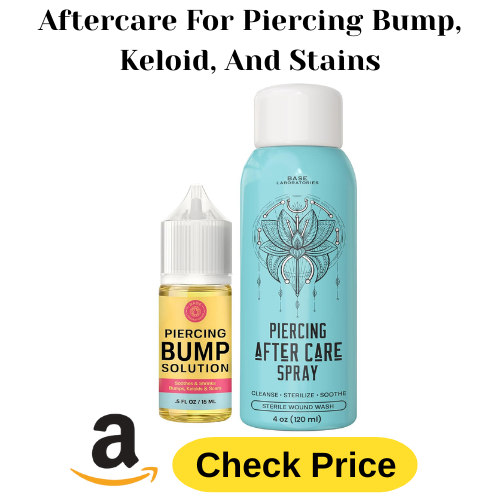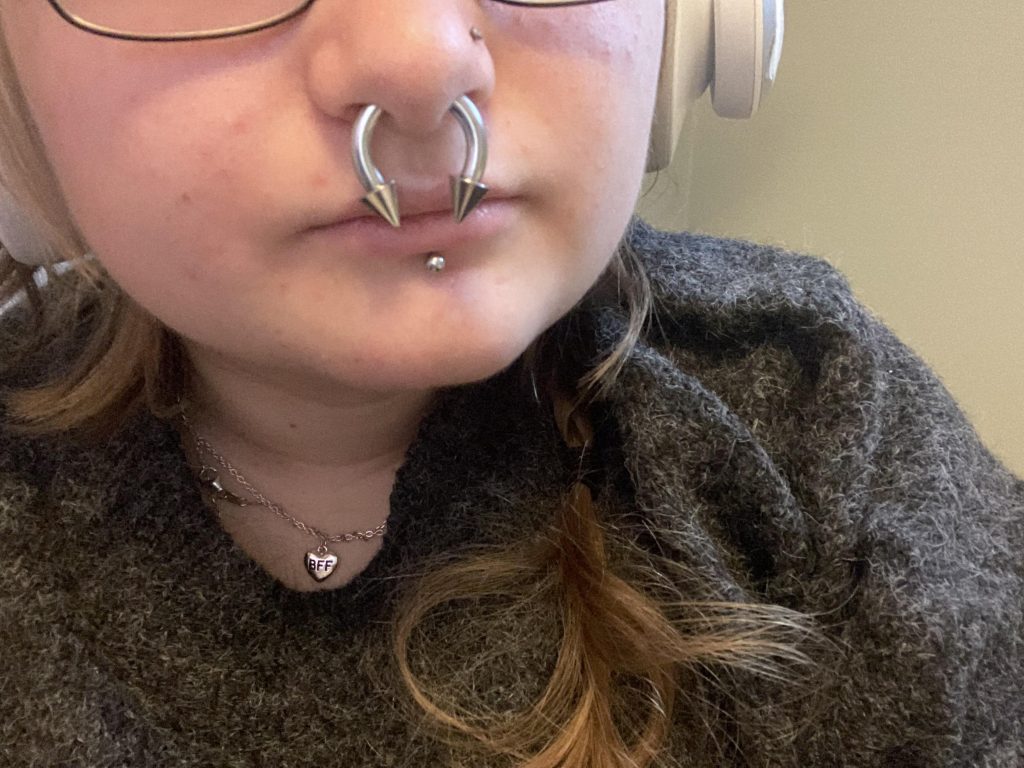A septum piercing is a popular choice for many people. It adds style and personality. However, like any piercing, it can have some issues. One common problem is crusting. In this article, we will explore when and why this crust forms. We will also discuss how to care for your septum piercing. This way, you can enjoy your new look without worry.
What is a Septum Piercing?
A septum piercing is a hole made in the cartilage of the nose. It is located between the nostrils. This type of piercing has been around for many years. It is popular in many cultures. The piercing can be adorned with various jewelry styles. Some choose rings, while others prefer studs.
Why Does Crust Form?
Crust forms on a septum piercing for a few reasons. When you get a piercing, your body heals. This healing process can create crusty areas. Here are some reasons crust may appear:
- Body’s Healing Response: Your body reacts to the piercing. It sees it as an injury. This causes it to send healing fluids.
- Dead Skin Cells: Skin cells die and shed. They can mix with the healing fluids.
- Blood and Lymph: Blood and lymph fluid help the healing process. These fluids can dry and form crust.
- Infection: If the piercing gets infected, more crust can form. This is a sign that you need to take care.
When Does Crust Start to Appear?
Crust usually starts to form a few days after getting the piercing. This is part of the healing process. Most people notice crust within the first week. The amount of crust can vary. Some people have more than others. It depends on how your body heals.
How Long Does Crusting Last?
Crusting can last for a while. For most people, it lasts about two to three weeks. After this time, crust should decrease. The piercing will start to heal better. If the crust does not go away, you may have an issue. It is important to monitor your piercing.

Credit: www.reddit.com
How to Care for Your Septum Piercing
Proper care is essential for a septum piercing. Good care can help reduce crust. Here are some tips for taking care of your piercing:
1. Keep It Clean
- Use saline solution to clean the area.
- Do this twice a day.
- Do not use alcohol or hydrogen peroxide. They can harm the healing process.
2. Avoid Touching
- Do not touch your piercing with dirty hands.
- Avoid playing with the jewelry.
- This can introduce bacteria and cause infection.
3. Be Careful With Jewelry
- Choose jewelry made from safe materials.
- Materials like titanium or surgical steel are best.
- Do not change jewelry too soon. Wait until it heals.
4. Avoid Swimming
- Do not swim in pools or hot tubs.
- Chlorine and bacteria can irritate the piercing.
- Wait until it fully heals before swimming.
5. Watch For Signs Of Infection
- Look for increased redness or swelling.
- Watch for pus or bad smells.
- If you see these signs, contact a doctor.
When to Seek Professional Help
Sometimes, crust can be a sign of a problem. If you have crust for longer than three weeks, see a professional. Other signs to watch for include:
- Severe pain or discomfort.
- Unusual swelling or redness.
- Pus or a foul smell coming from the piercing.
These symptoms may mean you have an infection. It is important to address these issues quickly. A professional piercer or doctor can help you.

Credit: www.reddit.com
Frequently Asked Questions
Why Does My Septum Piercing Have Crusty Discharge?
Crusty discharge is normal during healing. It often happens when the body fights off bacteria.
How Long Does It Take For Septum Piercings To Heal?
Healing typically takes 6 to 8 weeks. Every person heals differently, though.
Is Crustiness A Sign Of Infection?
Not always. Crustiness can be part of normal healing. Watch for redness or swelling.
What Can I Do To Reduce Crustiness?
Clean your piercing gently with saline solution. Avoid touching or twisting the jewelry.
Conclusion
A septum piercing can be a great addition to your look. However, crust formation is common during healing. It usually starts within a week and can last a few weeks. Proper care is key to reducing crust and preventing infections. Always keep your piercing clean and avoid touching it. If you notice signs of infection, seek help from a professional.
Remember, patience is essential. Every body heals differently. With time and care, your septum piercing will look great. Enjoy your new style and take care of your piercing!




